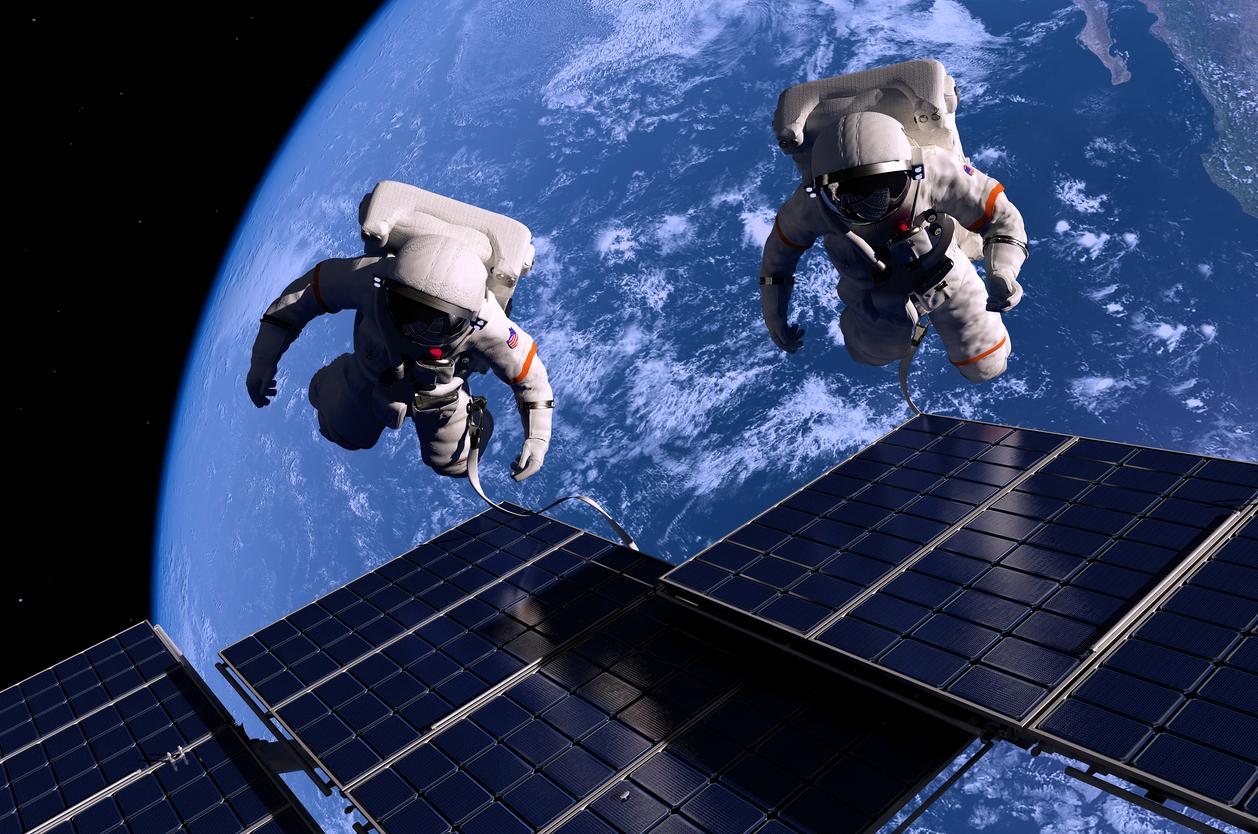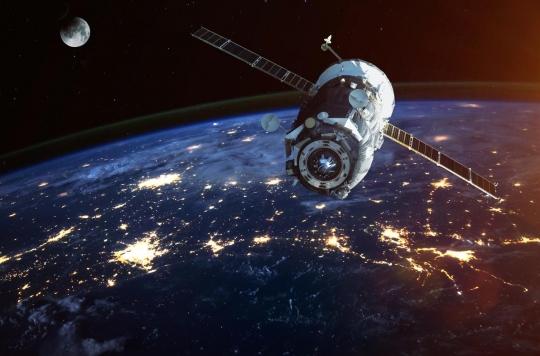INTERVIEW – Astronaut Scott Kelly spent 11 months aboard the ISS. A long mission that anticipates those to Mars. Astronaut Jean-François Clervoy discusses the adaptations imposed by life in space.

On March 2, astronaut Scott Kelly returned from a 340-day stay aboard the International Space Station (ISS). To better anticipate future trips to Mars, astronauts carry out increasingly long missions, which put their bodies to the test. Jean-François Clervoy, French astronaut for the European Space Agency (ESA), takes stock of Why actor on the medical follow-up of astronauts before, during and after their missions.
The American Scott Kelly has just spent 11 months in orbit around the Earth, is that a record?
JF Clervoy: No, but only 3 astronauts conducted longer missions. A Russian doctor who made two flights of 10 months and 14 months, and in 1988, two astronauts had been in space 366 days in a row.
Scott Kelly admitted it, he found the time long. Can we prepare for such a long distance?
JF Clervoy: Even for a shorter flight, it is very important that the crew members say to themselves: “My new home, my new home, is the station”. This is what Scott Kelly did, on his return to Earth he said: “I have the impression that I left my home, that I am not on my planet”. If we say to ourselves, “I’m on a mission in a station, and one day I’ll go home,” then we risk thinking about it!
.@StationCDRKelly is home after a historical #YearInSpace! Hear his 1st thoughts, plus hear from @DrBiden & others: https://t.co/0pdYOjp7bq
– NASA (@NASA) March 3, 2016
The general public discovered when the astronaut returned that he had a twin brother. How is this interesting for research?
JF Clervoy: Scott does have a twin brother, Mark, who is also an astronaut for NASA. The Kelly brothers are identical twins, and therefore have the same genetic makeup. They both followed the same program of medical tests before, during and after the mission. This will allow very fine comparisons to be made to discern more clearly which biological modifications are due to weightlessness, and those which are simply the result of aging and the passage of time.
Jean-Francois Clervoy, astronaut: “It was a perfect opportunity to compare (…) Having Mark as a comparison on the ground is very interesting. ”
Life in zero gravity requires the body to adapt, what are the major changes that occur?
JF Clervoy: Almost all functions are affected! Bone density decreases, like muscle mass, the blood is distributed in a new way, which creates cardiovascular deconditioning, the heart atrophies and the immune system is depressed. But all these alterations do not prevent astronauts from being in good health on board. It is the return that is more difficult.
Jean-Francois Clervoy, astronaut: “In general, they adapt very quickly to weightlessness (…) The return takes much longer. “
Precisely, are all these modifications reversible?
JF Clervoy: All changes are reversible except three, to simplify. Bone density does not return to normal, but we now know how to ensure that it does not decrease too much. Another problem that scientists have been working on for the past ten years is visual acuity. About a quarter of astronauts, after a mission, will have to wear glasses for life, whereas they did not wear them before. This comes from a deformation of the geometry of the eyeball. Finally, what is not reversible at all is the accumulation of cosmic rays. In space we are more exposed than on Earth. We all wear dosimeters during missions to accumulate the radiation to which we have been exposed during the flights. It happened that an astronaut was told “You will no longer be able to fly because you are approaching the limit authorized by labor law.” “
What happens if an astronaut gets sick during a mission?
JF Clervoy: There is always in the team two Crew medical officers, who are not necessarily doctors but who are trained before departure to be able to perform emergency medicine if necessary. They are suitable for placing probes, performing endoscopies or placing a filling. And on board, we have a medical kit to make a clinic green with envy! We have a lot of instruments and all kinds of drugs. In addition, each astronaut has a referring doctor on Earth, whom he can reach at any time if necessary, via encrypted communication.
Jean-Francois Clervoy, astronaut: “They are authorized to perform a tracheostomy, it is also possible to do a temporary filling …”
In case of emergency, is it possible to bring one of the crew back to Earth?
JF Clervoy: We can deal with a lot of problems on board but for certain emergency situations we can bring a crew back to the ground. We do not only bring back the sick person but everyone, since we cannot leave astronauts on board without a lifeboat. This has never happened since the ISS began operating, but from the MIR station it has happened twice that crews have been repatriated earlier than expected for medical reasons.
Missions to Mars are the new holy grail of space travel. Is the human organism able to withstand such a long journey?
JF Clervoy: On a purely medical level, all the issues are known today. The remaining uncertainties concern radiation. Cosmic radiation from interplanetary space is not yet well characterized. It is therefore a subject that remains to be studied before exposing the crews to it. As for the duration of the missions, the first flights will not land on Mars, they will bypass the planet which means that the astronauts will remain in zero gravity for periods of one and a half to two years. And we haven’t tested that yet. It will therefore be necessary to carry out even longer missions to prepare these Martian flights.
Astronaut Scott Kelly spent 11 months aboard the ISS. A long mission that anticipates those to Mars.
Posted by Why doctor on Saturday 12 March 2016
.
















-1574441754.jpg)